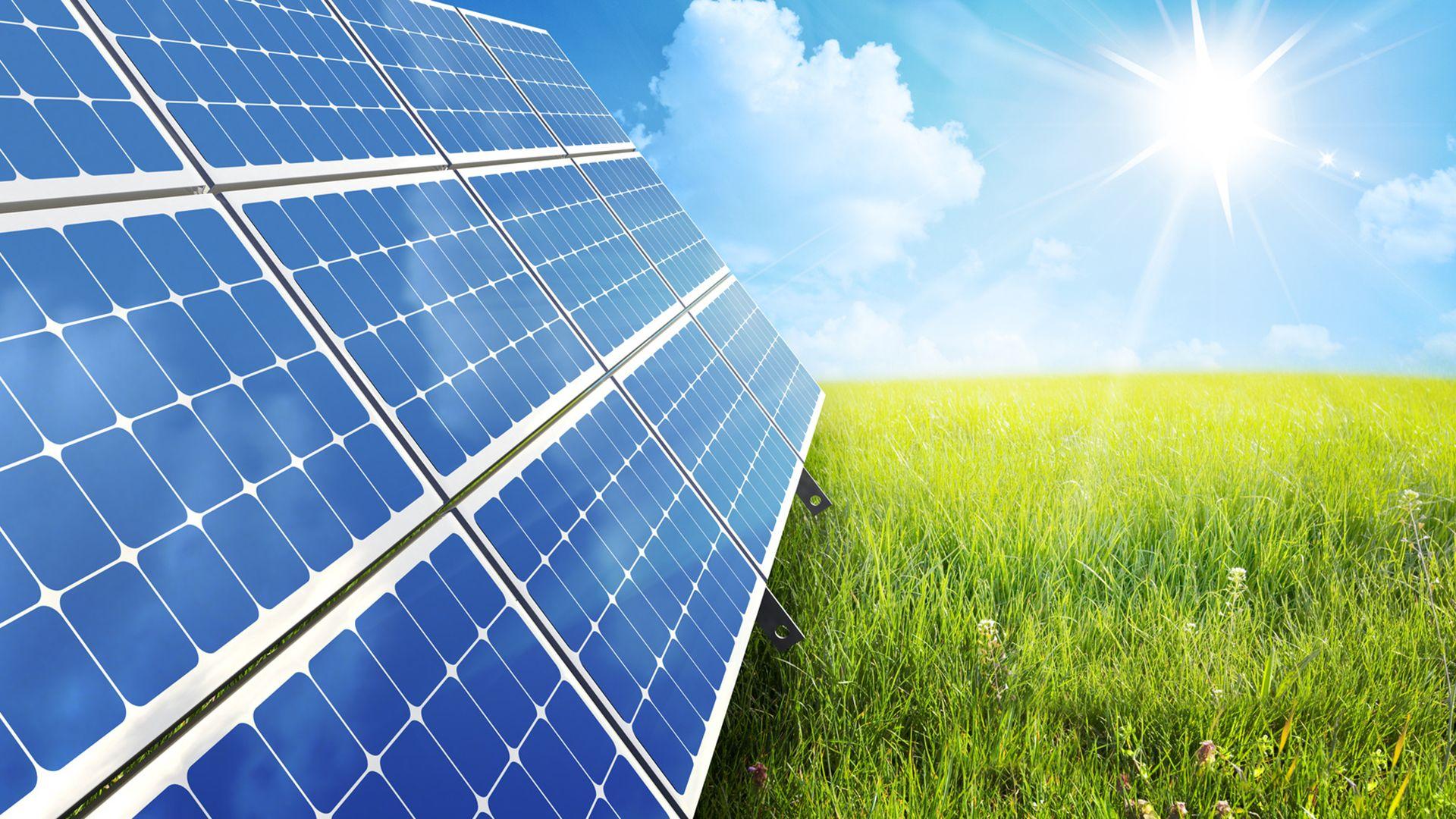
We all know that solar panels transform solar energy into usable electricity. But only a few peoples know the actual science behind that process.
Firstly let’s take a look at the basic process of solar energy generation.
Photovoltaic (PV) Cells are made up of silicon (Si) mixed with carbon and heated at 2000 degrees Celsius temperature. If we dop Si with Al(Aluminum) we get P-type (layer of cells with +positive charge) and if we dop Si with P (Phosphorus) we get N-type (layer of cells with -negative charge) cell. If we give light to solar panels they start releasing
electrons and protons.A single solar cell (photovoltaic cell) generates 0.5-volt energy. And 72 cells make a solar module that generates 36-volt energy.
Solar panels harness the sun’s energy through a process that involves photovoltaic (PV) cells. These cells, typically made of semiconductor materials, convert sunlight into electricity. Here’s a simple breakdown of how solar panels work:
When sunlight hits the solar panels, the PV cells absorb the photons present in the sunlight. This absorption prompts an electron release within the semiconductor material, creating an electric current. This direct current (DC) electricity generated by the solar panels is then channeled to an inverter.
The inverter plays a crucial role by converting the DC electricity into alternating current (AC) power. AC power is the type of electricity used in homes and businesses. Once converted, the electricity is ready for immediate use or can be fed into the electrical grid.
The entire process is clean, sustainable, and environmentally friendly since it doesn’t involve the combustion of fossil fuels or the release of harmful emissions. Solar panels provide a renewable energy source, reducing dependence on traditional energy systems and contributing to a greener and more sustainable future. Embracing solar power not only benefits the environment but also offers a cost-effective and efficient way to meet our energy needs.
How do solar panels generate electricity?
1. When sunlight hits the solar panels and creates an electric field and
electrons start flowing.
2. The electricity generates a flow of electrons to the edge of the panel,
and into a conductive wire that is attached to the solar panel.
3. The conductive wire brings the DC electricity to the inverter, where it’s
transformed from DC electricity to AC, which is employed to power
buildings.
4. Another wire transports the AC electricity from the inverter to the electric
board of the property (also called a circuit box), which distributes the electricity throughout the building as needed.
Solar panels generate electricity through a process called the photovoltaic effect. Here’s a simplified explanation of how it works:
1. Photons Absorption: Solar panels are made up of photovoltaic cells, usually composed of semiconductor materials such as silicon. When sunlight (which is composed of photons) hits the surface of the solar panel, the photons are absorbed by the semiconductor material.
2. Generation of Electron-Hole Pairs: The energy from the absorbed photons is transferred to electrons in the semiconductor material, causing them to become energized. This process creates electron-hole pairs, where an electron is excited to a higher energy state, leaving behind a positively charged “hole” in its original position.
3. Electric Field Formation: The semiconductor material is intentionally doped to create a built-in electric field within the material. This electric field acts as a force that separates the energized electrons and the positively charged holes, pushing them in opposite directions.
4. Electron Flow (Electric Current): Due to the separation of charges and the electric field, the energized electrons move towards the front surface of the solar cell.



